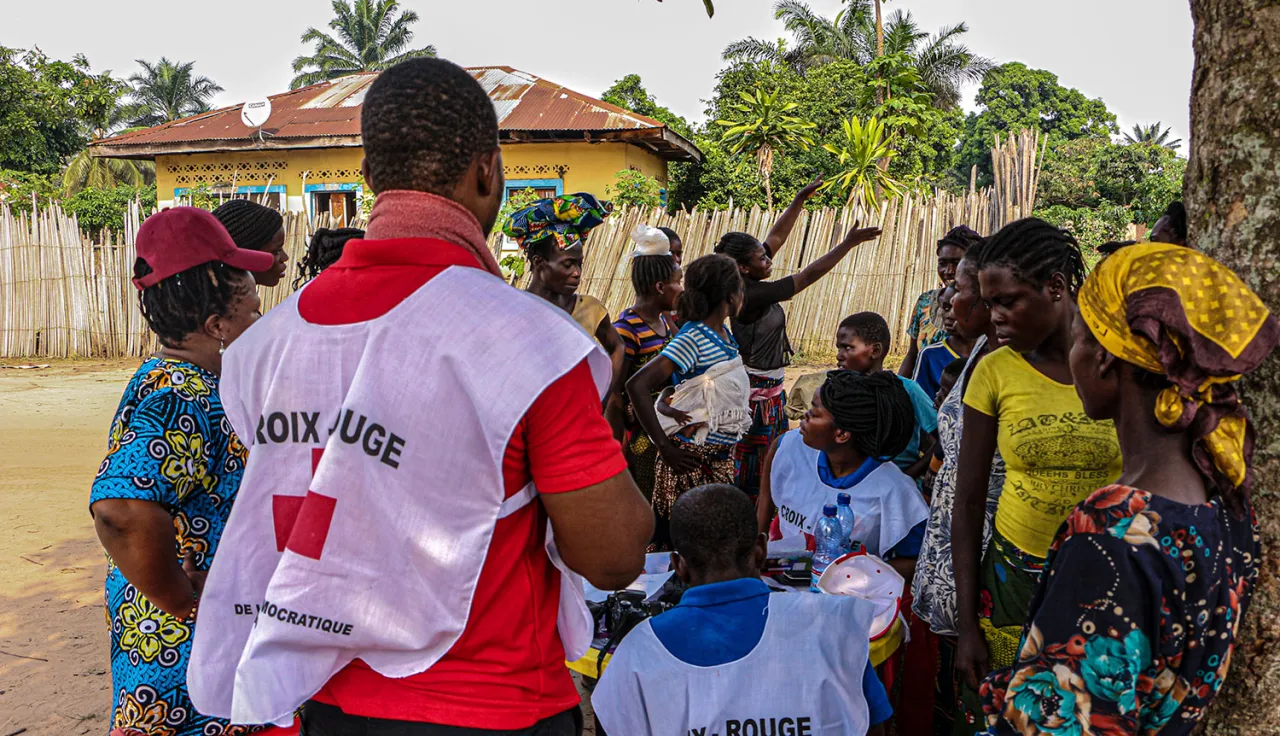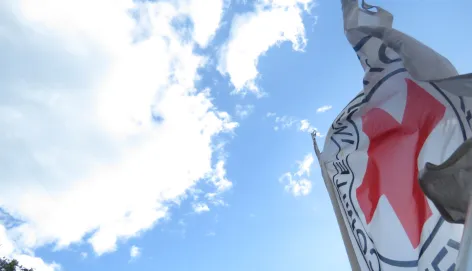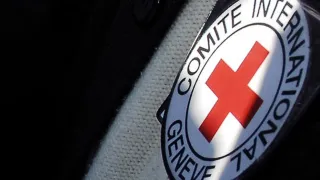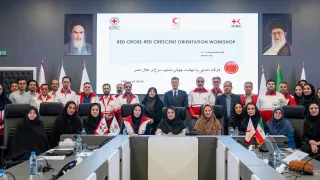About the Movement
The International Red Cross and Red Crescent Movement is a global humanitarian network of 80 million members and volunteers that helps those facing disaster, conflict, and health and social challenges. The Movement consists of the ICRC, 191 National Red Cross and Red Crescent Societies and the International Federation of Red Cross and Red Crescent Societies (IFRC).
The Movement’s origins begin with the ICRC, which was created in 1863 by Swiss humanitarian Henry Dunant. Compelled to act following the horrors he witnessed during the Battle of Solferino, Dunant then sought to create relief committees – what we now refer to as National Societies – in times of peace to train volunteers who would treat the wounded in times of war. This marked the beginnings of a movement that would later expand to encompass a broad range of humanitarian activities.
The Movement comprises three components, each distinct but with closely related and complementary roles, and with capacities that can be made available to other Movement members in order to support people in some of the most vulnerable situations. Together with Movement partners, and in support of the National Society in-country, the ICRC coordinates protection and assistance to people affected by armed conflict or internal strife, striving to ensure the respect and implementation of international humanitarian law. It works to protect and assist those affected by conflict, providing medical services, supporting detainees, and reuniting families separated by conflict.
The IFRC is an umbrella organization for the 191 National Societies. It works and operates through them. It is the guardian of the integrity of its members and protector of National Society interests.
These National Societies, which are auxiliary to their authorities in the humanitarian field, respond to humanitarian and health emergencies and provide support and assistance to vulnerable people within their respective countries. They are active at the national level and rooted within local communities throughout their country. Many also support a National Society in its own country when an international response is initiated.
The Movement’s distinctive symbols, the red cross and red crescent emblems, serve as powerful symbols of protection and neutrality. These emblems allow humanitarian workers to operate safely in conflict zones, ensuring the delivery of vital aid to those who need it most. In addition to the red cross and red crescent, the red crystal emblem was introduced in 2005 to accommodate countries that do not use either symbol for cultural or political reasons.
The Movement relies heavily on the dedication and commitment of National Society volunteers. These volunteers selflessly give their time and energy to provide relief and support to vulnerable individuals and communities. Their work ranges from disaster response and medical care to community education and preparedness.
After more than 160 years, the Movement remains as committed as ever to alleviating human suffering, transcending politics, religion, and nationality.






